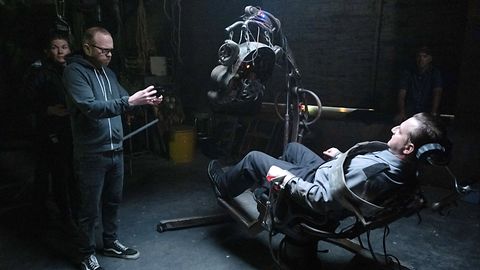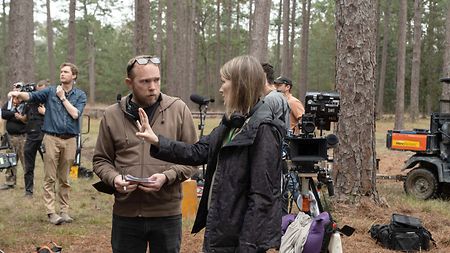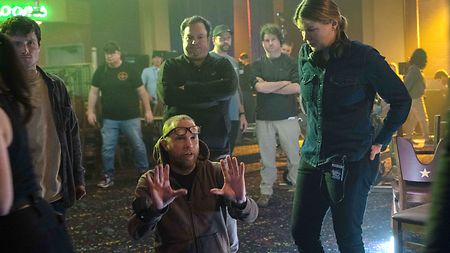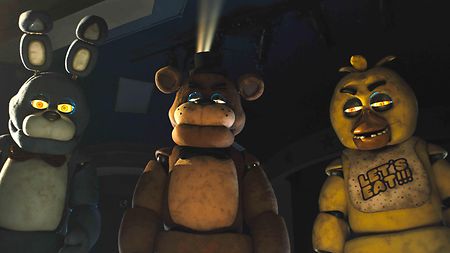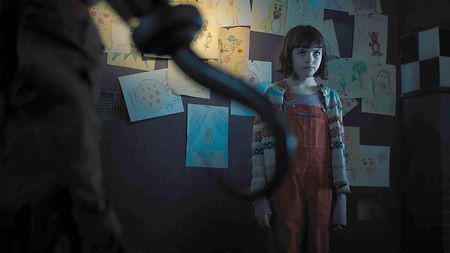When security guard Mike Schmidt (played by Josh Hutcherson) takes a night watchman job at an abandoned restaurant called Freddy Fazbear's Pizza, he unwittingly steps into a dark and sinister story. As the nights progress, Mike discovers the unsettling truth about the pizzeria’s past, and with his young sister Abby (Piper Rubio), confronts the possessed animatronic creatures that haunt its desolate interior. This is the premise of “Five Nights at Freddy’s,” directed and co-written by Emma Tammi. DP Lyn Moncrief was drawn to the 65 mm format when devising a visual strategy for this video game adaptation, shooting with ALEXA 65 cameras and DNA, HEROES, and Vintage 765 lenses that are all exclusive to ARRI Rental. The production was serviced by ARRI Rental New Orleans, with support from the Los Angeles branch.
Were you familiar with the video game, and did it inspire the visual language of the film?
I needed to familiarize myself with the game. Director Emma Tammi, who I'd worked with on three other films, knew I wasn’t a gamer. She handed me the screenplay and said, “This is the biggest game you've probably never heard of, but I’m not going to tell you about it; I want you to have your own response.” Once I’d read it, Emma guided me through the culture of the game. We decided that the feelings of the gameplay, rather than purely the aesthetics, should inspire our approach. The film had to have an arc, context, and emotional threads that tie into the visuals of our characters and narrative.
The game speaks to that pure core of horror, which is all about your mind filling in the gaps. You're hearing rather than seeing certain things, and Emma wanted to keep true to that ethos. The first thing we do when we break a film down is decide our rules for the movie. For example, the camera only moves when a certain threat appears, or we use specific lenses for a particular perspective. Emma wanted visual separation between life outside Freddy's, the world inside Freddy's, and the dreams and flashbacks. But by the end, they have all melded together.
